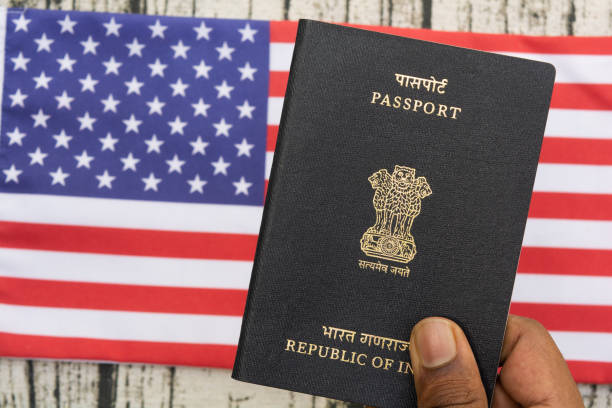US H-1B Visa Reforms: Short-Term Gains For India & Global Business

Introduction
Impact of H-1B visa changes on Indian talent is already reshaping the Indian and global tech ecosystems. Recent reforms to the United States H-1B visa program have sent ripples through both markets. For decades, this visa category has been a gateway for skilled Indian professionals particularly engineers and IT specialists to access global job opportunities, especially in the U.S. With Indian nationals historically receiving 70 85% of all H-1B visas, any major shift in this policy holds significant implications.
This article explores the dual impact of these changes on the U.S. job market, Indian talent mobility, and the broader global business environment. It also provides insight into how multinational companies can respond strategically by leveraging offshore talent models and subsidiary operations.
H-1B Visa: A Global Talent Bridge
The H-1B visa program has long been regarded as a strategic tool by U.S. businesses to attract global talent. Indian professionals, particularly graduates from premier institutes such as the Indian Institutes of Technology (IITs), have benefitted from this channel often transitioning from student visas to long term employment and eventual residency or citizenship.
However, this mobility has also led to a substantial brain drain for India. With subsidized education at public institutions, the departure of top-tier talent has presented a structural economic cost to the country.
Impact of H-1B Visa Changes on Indian Talent and the Global Workforce
The recent tightening of the H-1B process introduces both challenges and opportunities:
Short Term Effects
-
Hiring slowdowns in the U.S.: Tighter visa rules and increased compliance costs may deter companies from hiring foreign workers.
-
Reduced remittances: With fewer Indians working in the U.S., inbound remittance flows to India may temporarily decline.
-
Talent bottlenecks: U.S. companies especially in tech may face shortages due to their long-standing reliance on Indian professionals.
-
Domestic job market lags: Returning or non-migrating talent in India may initially struggle to find equivalent opportunities due to a lag in domestic job creation.
Mid-to-Long-Term Outcomes
-
Reversal of brain drain: More talent is expected to remain in India, contributing to domestic innovation and entrepreneurship.
-
Rise of offshore employment models: U.S. and global companies may increasingly shift to hiring remote Indian talent or setting up foreign subsidiaries and global capability centers (GCCs).
-
Real estate growth: Local hiring by foreign entities is likely to stimulate demand for office space and residential infrastructure in key Indian cities.
-
New global alliances: India may seek to reduce its dependency on U.S.-centric tech ecosystems by expanding global partnerships and diversifying export markets.
Strategic Shifts for Multinational Companies
The evolving landscape presents an opportunity for companies to reimagine their global workforce strategies. Two primary pathways are emerging:
Setting Up Subsidiaries in India
Foreign businesses are increasingly considering the establishment of local entities in India to access skilled talent without navigating cross-border hiring complexities. This model supports:
-
Full-time employment of Indian professionals under local labor laws
-
Compliance with Indian tax, payroll, and regulatory standards
-
Greater control over operations and talent development
Adopting Remote or PEO-Based Hiring Models
Alternatively, some companies may prefer partnering with local employment agencies that hire and manage employees on their behalf. This method avoids the complexities of incorporating a foreign entity while offering:
-
Direct access to skilled talent working in aligned time zones
-
Simplified onboarding and offboarding
-
Flexible employment structures and reduced compliance overhead
India’s Opportunity: From Brain Drain to Brain Gain
While the short-term disruptions may affect both Indian professionals and global recruiters, the long-term trajectory appears optimistic for India:
-
Domestic value creation: Retained talent is likely to fuel domestic product development and tech-led solutions.
-
Increased foreign direct investment: As companies expand operations in India, capital inflow is expected to rise.
-
Ecosystem development: India stands to benefit from an expanded tech ecosystem, enhanced startup activity, and broader innovation-led growth.
This shift also positions India as a compelling global hub not just for back-office support, but for end-to-end product development, R&D, and strategic functions.
Conclusion: Building Resilience Through the Impact of H-1B Visa Changes on Indian Talent
The recent changes in the U.S. H-1B visa system are more than an immigration story they mark a turning point in global talent dynamics. While there are immediate hurdles to overcome, the broader trend points toward a more self-sustaining and globally integrated Indian workforce.
Multinational businesses that adapt early whether by establishing local entities or embracing offshore talent models stand to gain not only cost efficiencies but also strategic resilience in a rapidly evolving world.

